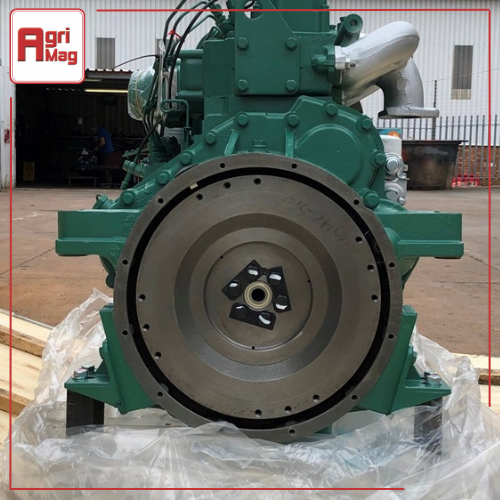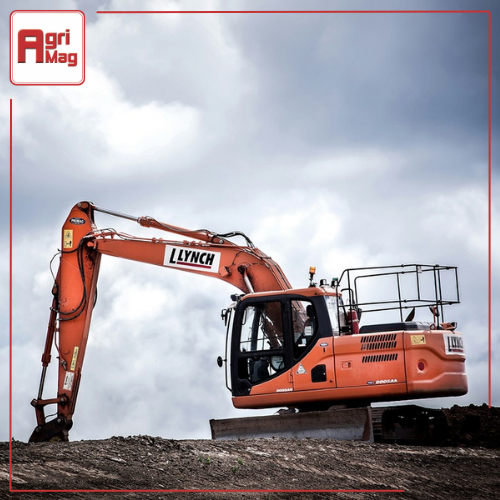
Comprehensive Guide to Installation and Replacement of Spares
Date: 05/01/2023
Wondering how to ensure the safe and efficient installation and replacement of spares for your machinery or equipment? Whether you’re a seasoned technician or a DIY enthusiast, understanding the best practices for installing and replacing spares is crucial for the longevity and performance of your machines. This guide will walk you through the essential safety precautions, detailed step-by-step replacement procedures, and the necessary post-installation testing and calibration. Create an alert on AgriMag today to receive notifications when a new listing is uploaded.
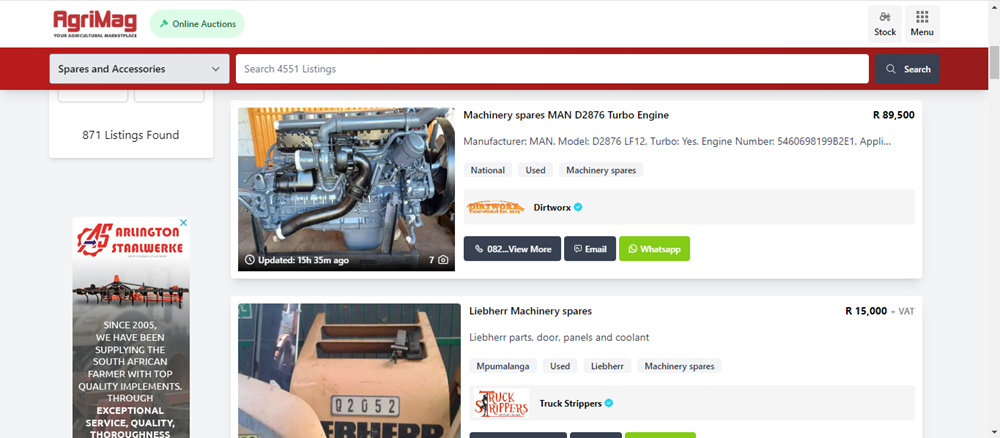
Safety Precautions
Safety should always be your top priority when working on the installation and replacement of these spares. Here are some key safety precautions to follow:
1. Personal Protective Equipment (PPE): Always wear the appropriate PPE, including gloves, safety goggles, and steel-toed boots, to protect yourself from potential hazards.
2. Disconnect Power Sources: Before starting any work, ensure that all power sources are disconnected to prevent electric shocks or accidental startups.
3. Read Manufacturer’s Instructions: Familiarise yourself with the manufacturer's guidelines for both the equipment and the spares being installed or replaced. These instructions provide critical information on safety and proper handling.
4. Work in a Safe Environment: Ensure your workspace is clean, well-lit, and free of any obstructions that could cause accidents.
5.. Use Proper Tools: Always use the right tools for the job. Using improper tools can not only damage the spare parts but also pose serious safety risks.
6. Team Communication: If working in a team, maintain clear communication to avoid misunderstandings that could lead to accidents.
Step-by-Step Replacement Procedures
1. Preparation:
- Gather Tools and Spares: Ensure you have all the necessary tools and the correct spare parts before starting the replacement process.
- Check the Equipment: Inspect the equipment for any obvious signs of damage or wear that might affect the installation process.
2. Removal of Old Parts:
- Shut Down and Disconnect: Ensure the equipment is powered off and disconnected from any energy sources.
- Disassemble Carefully: Follow the manufacturer’s instructions to carefully disassemble the parts that need replacement. Keep track of all screws, bolts, and small components to ensure nothing is lost.
- Inspect Removed Parts: Examine the removed parts for wear and tear to understand what caused the failure. This can help prevent future issues.
3. Installing New Spares:
- Position the Spare Part: Align the new spare part correctly as per the manufacturer’s specifications.
- Secure the Part: Use the appropriate screws, bolts, and fittings to secure the spare part in place. Ensure all connections are tight and secure.
- Reassemble the Equipment: Follow the disassembly steps in reverse to reassemble the equipment. Make sure all components are put back correctly and securely.
4. Initial Testing:
- Check for Fit and Alignment: Ensure that the new part fits well and is properly aligned with the rest of the equipment.
- Manual Testing: If possible, manually rotate or move the part to check for smooth operation before powering up the equipment.
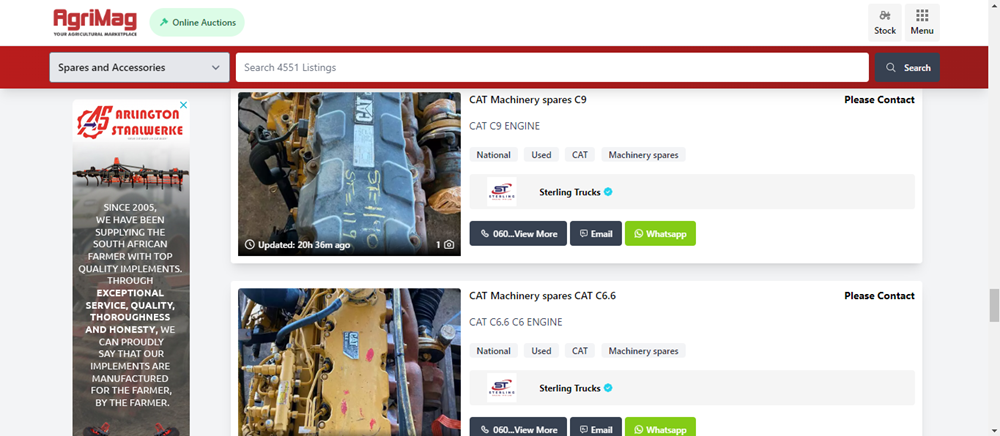
Post-Installation Testing and Calibration
Once the installation of the spare part is complete, it’s essential to conduct thorough testing and calibration to ensure everything is functioning correctly.
1. Reconnect Power Sources:
- Safe Reconnection: Reconnect all power sources safely, ensuring there are no exposed wires or loose connections.
2. Functional Testing:
- Power Up the Equipment: Turn on the equipment and observe its operation closely.
- Monitor Performance: Listen for any unusual noises and watch for any irregular movements. These could be signs of improper installation or defective parts.
3. Calibration:
- Calibrate as Needed: Some equipment may require calibration after parts replacement. Follow the manufacturer’s guidelines to adjust settings for optimal performance.
- Test Performance: Conduct performance tests to ensure the equipment operates within the specified parameters.
4. Documentation:
- Record the Replacement: Keep detailed records of the replacement process, including the date, parts used, and any observations. This information can be invaluable for future maintenance.
5. Regular Monitoring:
- Schedule Inspections: Plan regular inspections to monitor the performance of the new part and the overall equipment.
The installation and replacement of spares are critical maintenance tasks that ensure the smooth and efficient operation of machinery and equipment. By following stringent safety precautions, adhering to step-by-step replacement procedures, and conducting thorough post-installation testing and calibration, you can maximise the lifespan and performance of your equipment. Whether you’re handling industrial machinery or household appliances, these practices are fundamental for maintaining reliability and safety. Setup an alert on AgriMag right now to get alerts when new listings are posted.
Categories:
Common category
Category Search:
Latest articles:
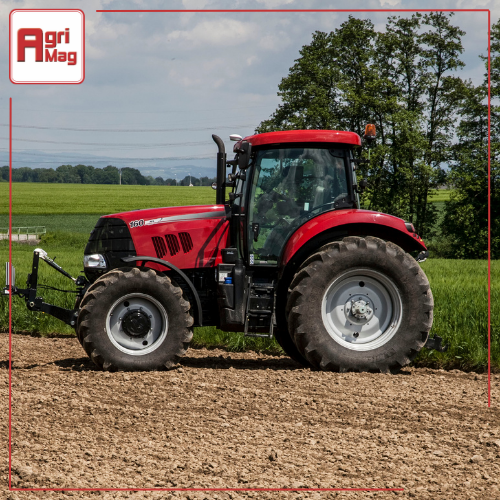
The Pros and Cons of Investing in New Agricultural Equipment
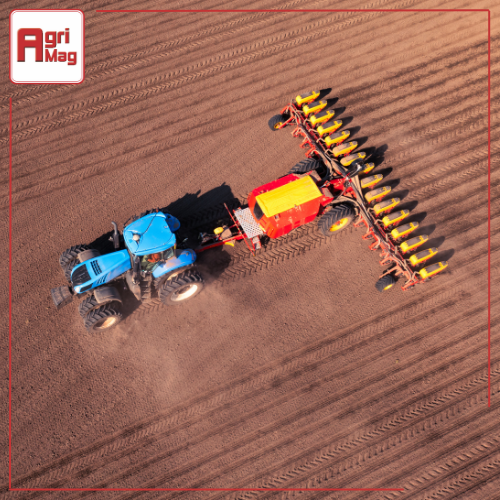
Factors to Consider When Choosing Planting and Seeding Equipment

NAMPO 2024 Embraces Connectivity for Sustainable Growth

